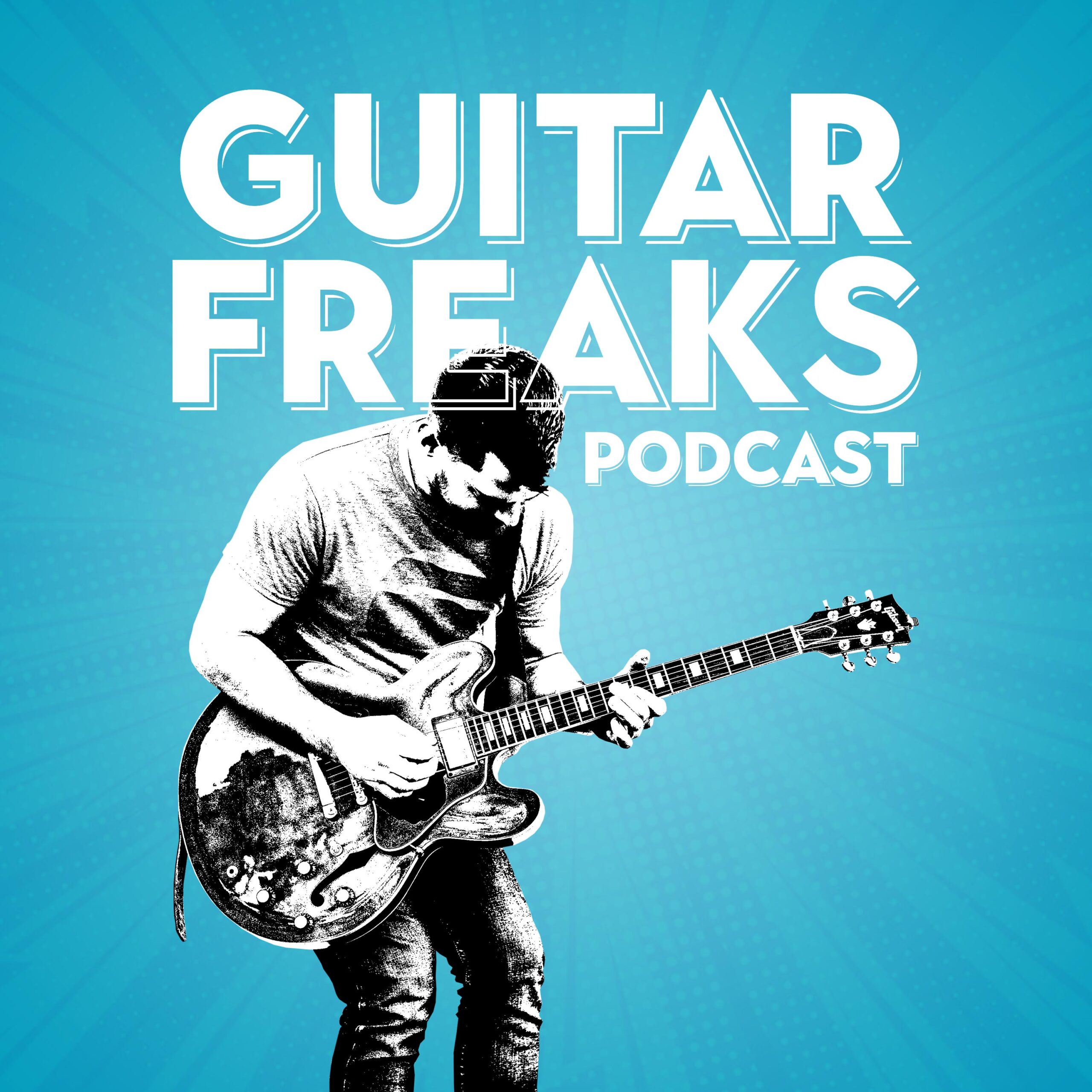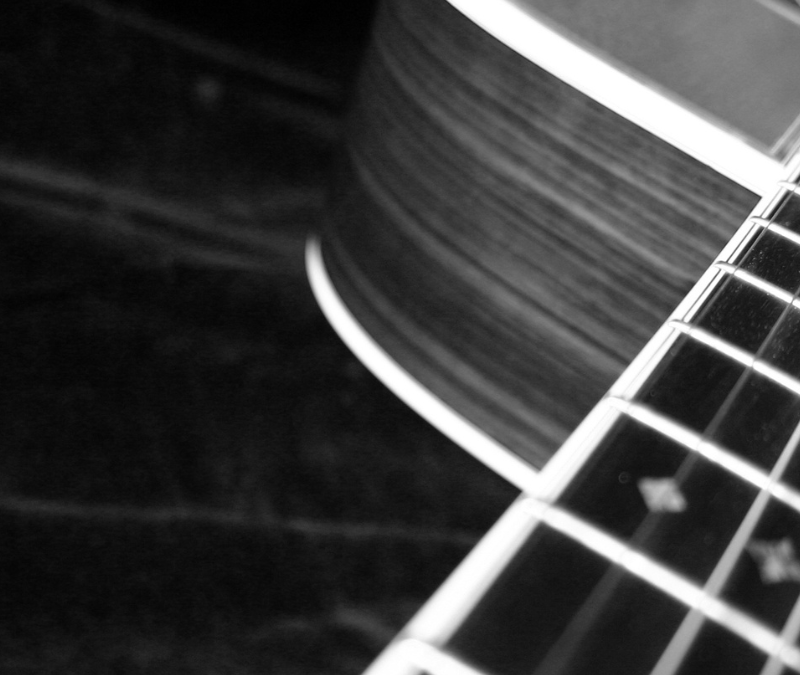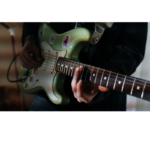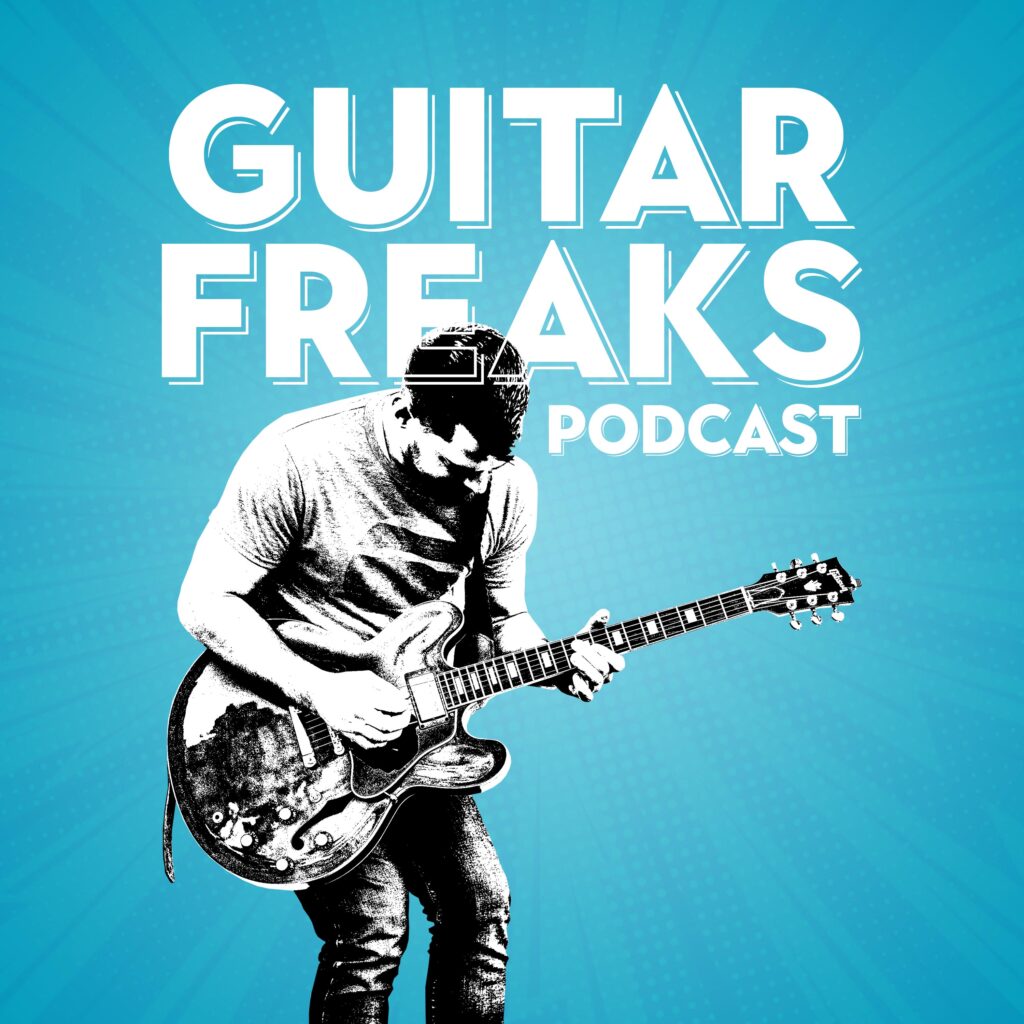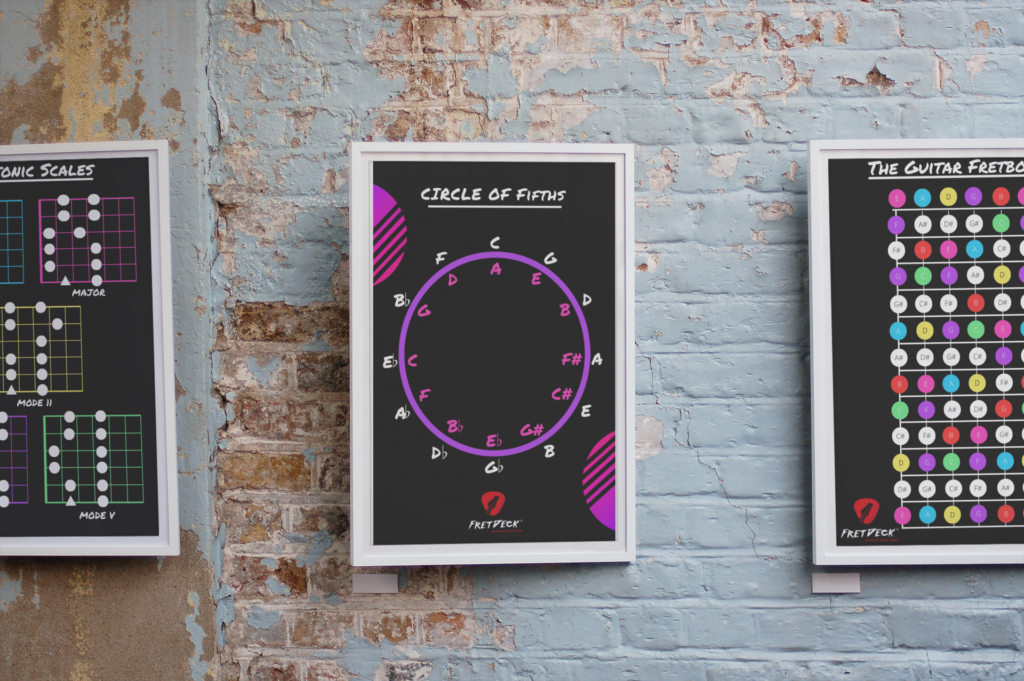Let me tell you a secret most YouTube guitar teachers won’t.
You don’t need to know every mode, memorize 100 scales, or run fretboard drills like a robot to sound great.
You need to know how to use one scale like a pro.
That scale? The guitar A minor pentatonic scale.
Whether you’re jamming over a blues groove, writing a solo, or noodling through late-night emotions—this scale is your best friend.
And in this post, I’ll show you:
- How to visualize it (not just memorize it)
- Where to play it across the neck
- When to use it (and why)
- What makes it sing instead of just buzz
Let’s unlock it together.

❌ Stop Guessing. Start Shredding.
If you’re still fumbling through scale patterns and box shapes… it’s costing you progress.
FretDeck™ is the no-fluff system that shows you exactly how to master the fretboard—fast. Early access.
⚡️ This isn’t for dabblers. It’s for players who want results.
👉 Click here to join the pre-launch now
Early access. Limited rewards. Don’t wait.
🧠 Why the A Minor Pentatonic Is Actually Worth Mastering
The A minor pentatonic scale isn’t flashy.
It’s not exotic.
It doesn’t require exotic tunings.
But that’s exactly why it works.
It’s universal, expressive, and perfectly imperfect.
Here’s what you get when you internalize the guitar A minor pentatonic scale:
✅ An expressive vocabulary for blues, rock, funk, metal, soul, and even jazz
✅ Five patterns that connect across the fretboard
✅ The power to create solos that breathe, bend, and mean something
And guess what? You already know it—you just haven’t mastered it yet.
📦 The Scale: What It Is and Why It Matters
Let’s start with the notes:
A minor pentatonic scale:
A – C – D – E – G
That’s:
- 1 (A)
- ♭3 (C)
- 4 (D)
- 5 (E)
- ♭7 (G)
This gives you bluesy tension and rock grit without needing to play fast or fancy.
“It’s like the denim jacket of scales. Timeless. Tough. And always in style.”
🎯 Where It Lives on the Neck (The 5 Patterns You Need)
Here’s the quick roadmap. Each “pattern” is a shape you can play across 2–3 frets.
| Pattern | Root | Frets (Starting on 6th String) |
|---|---|---|
| Box 1 | A | 5th fret (classic box) |
| Box 2 | C | 8th fret |
| Box 3 | D | 10th fret |
| Box 4 | E | 12th fret |
| Box 5 | G | 15th fret |
🎁 These five patterns are visualized on the A minor Pentatonic Deck inside the FretDeck Kickstarter pack.
👉 Grab your deck now »
🔄 Practice Prompt: The “3 Lane Drill”
Play all five shapes, but only on strings 1–3.
Then repeat for strings 2–4, and again for 4–6.
This forces you to:
- Visualize shapes in layers
- Hear how voicings change across strings
- Build dynamic phrasing
🎧 Try soloing over a slow A minor jam track while limiting yourself to one “lane.”
This is how phrasing is born.
✍️ Sound Like You, Not a Scale Chart
Let’s face it: scale patterns are helpful, but they don’t make music. You do.
Here are 3 ways to stop sounding like a scale robot:
1. Phrase like a singer
Use the Call and Response method:
- Play a lick (Call)
- Leave space
- Answer it (Response)
2. Slide, bend, and break the rules
The A minor pentatonic is meant to be bent.
- Bend the D to E
- Slide from C to D
- Hammer-on from G to A
3. Play the same phrase in three octaves
Great soloists repeat themselves—but in different ranges.
Try this:
- Play A–C–D on the low E and A strings
- Then play the same phrase an octave higher
- And again on strings 1–3
🎯 That’s how you build theme and variation—the core of great solos.
🎵 5 Famous Solos That Use the A Minor Pentatonic Scale
You’ve heard this scale in action your whole life.
| Song | Artist | Notes |
|---|---|---|
| “Stairway to Heaven” (solo) | Led Zeppelin | Uses A minor pentatonic with expressive bends |
| “Another Brick in the Wall” | Pink Floyd | David Gilmour’s masterclass in phrasing |
| “Red House” | Jimi Hendrix | Raw emotion over a minor blues |
| “Comfortably Numb” | Pink Floyd | Climactic melodic soloing |
| “Sweet Child O’ Mine” | Guns N’ Roses | Slash leans on this scale for punch and flow |
🧠 Want to study these solos and see where they fall within the 5 positions?
That’s exactly what we do in our Guitar Freaks Discord.
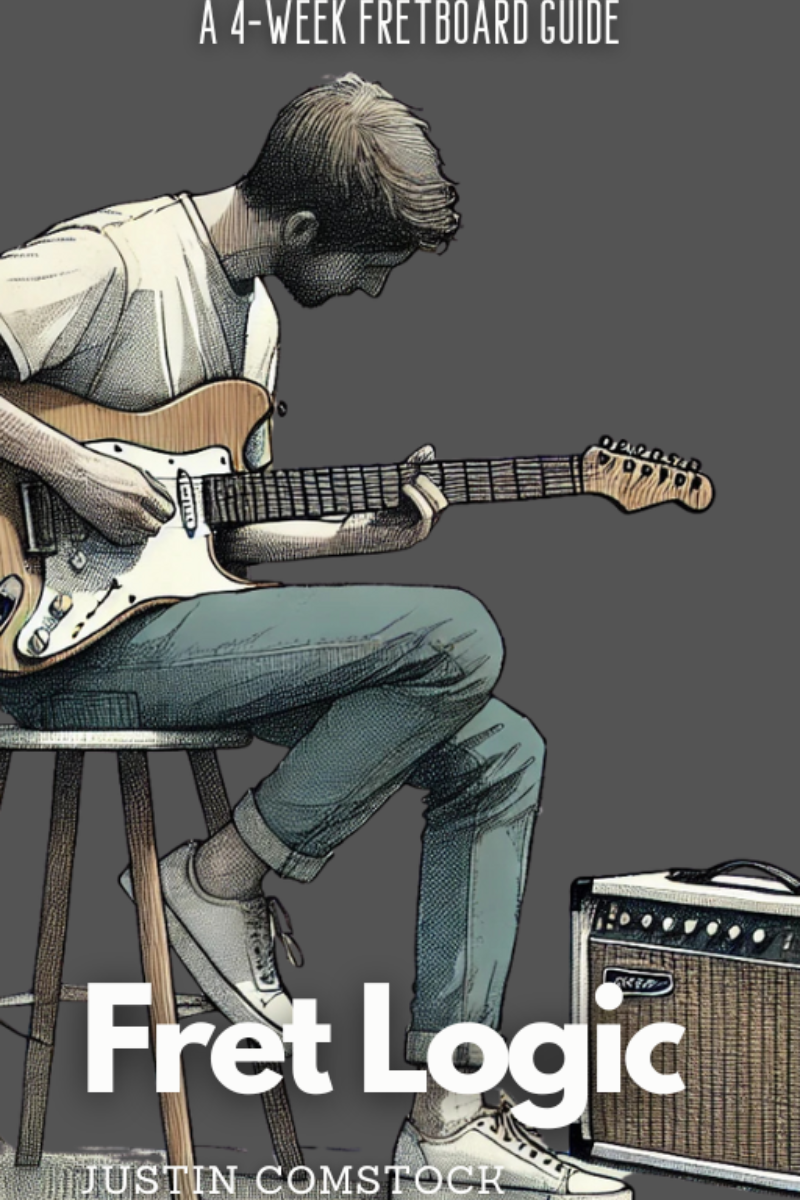
Join Guitar Freaks Hangout on Discord! 🎸
Get Fret Logic FREE!
Join the Guitar Freaks Hangout Discord and get exclusive access to my entire e-book, Fret Logic! Master the fretboard and elevate your solos with this comprehensive guide.
👉 Don’t miss out—join now and download your free copy!
🔥 Creative Practice Prompts Using the A Minor Pentatonic
Here’s how to make the scale yours:
| Prompt | Goal |
|---|---|
| Play it backwards | Break muscle memory |
| Solo using only one string | Build melodic discipline |
| Only play chord tones inside the scale | Targeted phrasing |
| Add the ♭5 (blue note) | Flavor the scale with blues tension |
| Use the scale over C major chords | Explore modal interplay (A minor pentatonic = C major pentatonic) |
Each of these prompts is on a FretDeck Practice Card.
👉 Back the Kickstarter and get them all »

❌ Stop Guessing. Start Shredding.
If you’re still fumbling through scale patterns and box shapes… it’s costing you progress.
FretDeck™ is the no-fluff system that shows you exactly how to master the fretboard—fast. Early access.
⚡️ This isn’t for dabblers. It’s for players who want results.
👉 Click here to join the pre-launch now
Early access. Limited rewards. Don’t wait.
🧭 Connecting the A Minor Pentatonic to Chords
Scales should never be floating in space. They live inside chords.
The A minor pentatonic outlines:
- A minor chords (Am, Am7)
- C major chords (relative major)
- D minor, E minor, G major (diatonic friends)
Try this:
- Loop Am – Dm – Em
- Solo using A minor pentatonic
- Target the chord tones in each chord
🎯 You’ll sound more like a musician, less like someone running a scale.
🪜 Next-Level Moves: Combining Major and Minor Pentatonic
Want to sound like Clapton, SRV, or Robben Ford?
Use A minor pentatonic and A major pentatonic together.
Blend them for expressive, bluesy color.
Here’s the move:
- Use minor pentatonic for grit (A, C, D, E, G)
- Use major pentatonic for sweet tension (A, B, C#, E, F#)
Switch between them mid-lick. Or better—play the same phrase in both.
📦 This strategy is broken down in Pentatonic Secrets, part of the FretDeck Kickstarter course.
✍️ Practice Journal Prompt
Here’s a journaling exercise for today:
Title: A Minor Pentatonic – Day [X]
- What did I play today?
- Which position did I use the most?
- How did I create dynamics (slides, bends, space)?
- What did I feel when I played?
- What will I try next?
This reflection is where mastery begins.
🧠 Fretboard Visualization Trick: Root Tracking
One of the fastest ways to own the neck?
Follow the A note across every string.
Try this:
- Find every A from the 6th string to the 1st
- Play the scale shape starting from that A
- Now play licks that connect those root notes
You’re now visualizing the neck as connected musical real estate, not separate boxes.
🎁 We created a FretDeck for this purpose.
👉 Included free with your Kickstarter pledge »
🎤 Final Thoughts: This Scale Is Your Voice—Use It With Intention
The guitar A minor pentatonic scale is more than a box.
It’s:
- A melodic language
- A toolkit for blues, soul, and rock
- A map that helps you find your way when you’re lost mid-solo
But only if you treat it like a voice—not just a shape.
“When you master this scale, you don’t play solos. You tell stories.”
📢 CTA Section: Ready to Master the A Minor Pentatonic?
🎸 Join hundreds of players who are mapping the neck, creating better solos, and actually enjoying practice.
Here’s how:
- ✅ Back the FretDeck Kickstarter
- ✅ Get access to the Pentatonic Secrets Course
- ✅ Join our Discord community (live Q&As, prompts, breakdowns)
📚 Need a second perspective from a world-class teacher?
Head over to JustinGuitar’s A Minor Pentatonic Scale Lesson — he breaks it down in a beginner-friendly way and reinforces the scale’s importance for real-world playing.
🎯 Ready to elevate your solos using the A minor pentatonic scale?
Dive into our guide: 5 Killer Ways to Use the Pentatonic Scale Guitar A Minor (and Sound Like You Know What You’re Doing).
